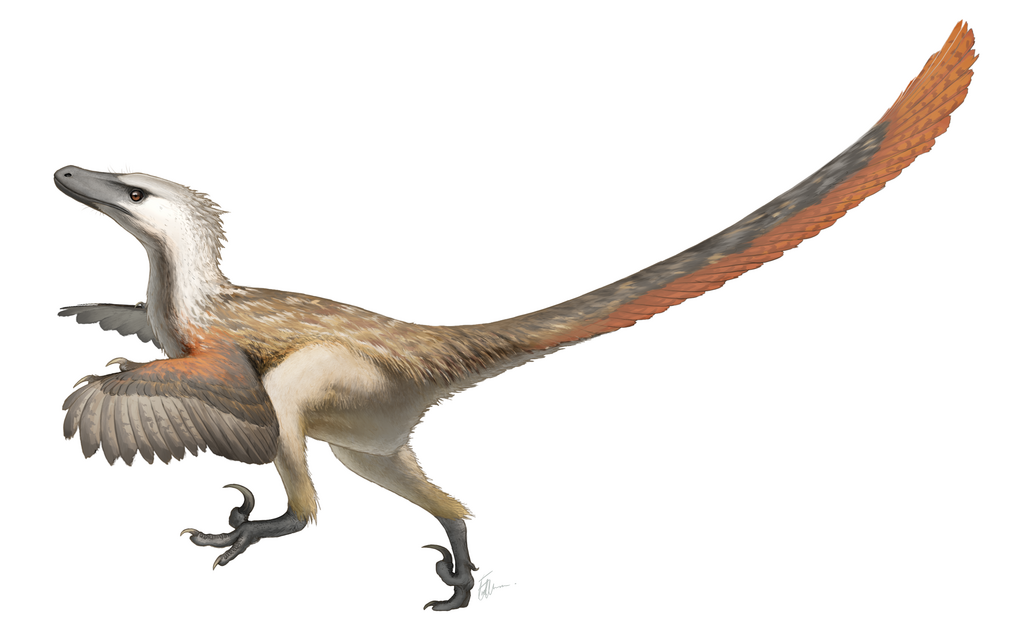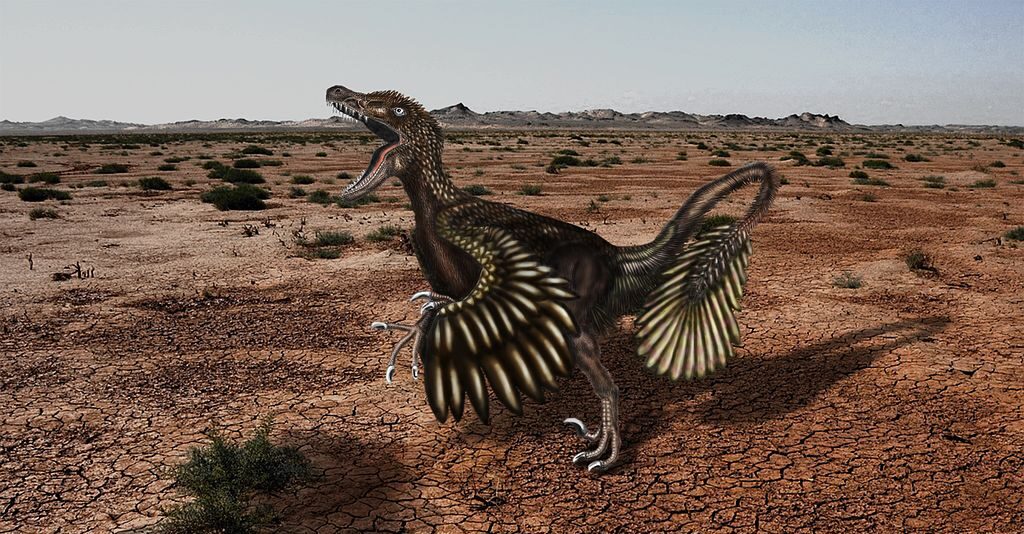When we compare prehistoric predators to our modern-day companions, fascinating questions arise about speed, agility, and evolutionary adaptations. The velociraptor, made famous by the “Jurassic Park” franchise, has captured our collective imagination as a swift and deadly hunter. Meanwhile, the common housecat, a predator in its own right, demonstrates remarkable bursts of speed when chasing toys or escaping unwanted attention. But how would these two predators—separated by approximately 75 million years—compare in a hypothetical race? This article explores the science behind the locomotion of both animals, separating Hollywood fiction from paleontological fact to determine which would truly be faster in a sprint.
The Velociraptor: Separating Fact from Fiction

The velociraptor that most people envision—a 6-foot-tall, scaly terror—is largely a Hollywood creation rather than an accurate representation of the fossil record. Real velociraptors (Velociraptor mongoliensis) were significantly smaller, standing about 1.6 feet (0.5 meters) tall at the hip and measuring approximately 6.8 feet (2.07 meters) in length, including their long tails. These dinosaurs weighed around 33 pounds (15 kg), making them closer in size to a turkey than the movie monsters. Additionally, paleontological evidence strongly suggests that velociraptors were feathered, not scaly, further separating the scientific reality from the popular image. These differences in size, weight, and physiology have profound implications for how fast these dinosaurs could run.
Velociraptor Anatomy and Running Adaptations

Velociraptors possessed several anatomical features that indicate they were built for speed and agility. Their lightweight, hollow bones—similar to modern birds—reduced their overall mass while maintaining structural integrity. They had relatively long legs for their body size, with specialized hip structures that allowed for efficient forward movement. Perhaps most famously, velociraptors had the distinctive sickle-shaped claw on each foot, measuring approximately 3.9 inches (10 cm) along the outer curve, which was likely used for pinning down prey rather than disemboweling as sometimes depicted. Their long, stiff tails served as counterbalances during rapid movements and turns, similar to how modern cheetahs use their tails for stability. These adaptations collectively suggest velociraptors were highly maneuverable predators optimized for quick, darting movements rather than sustained high-speed running.
Estimating Velociraptor Running Speed: The Scientific Approach

Paleontologists use several methods to estimate the running speeds of extinct animals like velociraptors. Biomechanical modeling, which analyzes leg proportions, muscle attachment points, and joint flexibility, provides crucial insights into locomotor capabilities. Computer simulations can recreate potential running gaits based on skeletal structures, while comparisons with modern animals of similar body plans offer additional reference points. Trackway fossils, when available, provide direct evidence of stride length and pattern, though no definitive velociraptor trackways have been discovered. Using these methodologies, scientists have revised earlier exaggerated estimates of velociraptor speed. Current scientific consensus suggests velociraptors could reach speeds of approximately 24-25 mph (39-40 km/h), significantly slower than the 40-60 mph often claimed in popular media but still impressive for an animal of their size.
The Domestic Cat: A Finely Tuned Predator

Domestic cats (Felis catus) may appear cuddly and docile, but they are descended from efficient predators and have retained many of their wild ancestors’ physical capabilities. The average housecat weighs between 8-10 pounds (3.6-4.5 kg), with a body length of about 18 inches (46 cm) plus a 12-inch (30 cm) tail. Despite their small size, cats possess a remarkable musculoskeletal system optimized for hunting. Their flexible spine allows for extreme extension during running, effectively increasing their stride length beyond what their leg length alone would permit. Their muscular hindquarters provide powerful propulsion, while their lightweight frame and excellent balance contribute to their overall athleticism. Even after thousands of years of domestication, housecats remain capable predators with physical abilities that would be immediately recognizable to their wild forebears.
Housecat Speed: Capabilities and Measurements

The domestic cat is capable of impressive bursts of speed that belie its typically relaxed demeanor. When motivated, a housecat can accelerate from 0 to top speed in just a few strides, reaching velocities of 25-30 mph (40-48 km/h) at their peak. This remarkable sprint capability typically lasts only for short distances—about 200-300 feet (60-90 meters)—before the cat must slow down due to energy expenditure. Individual factors such as age, weight, health, and breed variations can significantly affect a cat’s maximum speed, with younger, leaner cats generally being faster than their older or heavier counterparts. Interestingly, a cat’s speed capabilities exceed those of many animals several times their size, highlighting the exceptional efficiency of their musculoskeletal design and movement patterns.
Side-by-Side Speed Comparison

When directly comparing the maximum running speeds of velociraptors and housecats, we find a surprisingly close match. The scientifically estimated top speed for velociraptors stands at approximately 24-25 mph (39-40 km/h), while domestic cats have been documented reaching 25-30 mph (40-48 km/h) in short bursts. This suggests that the average housecat might outpace the prehistoric predator in a sprint, though perhaps by only a small margin. This counterintuitive result highlights how evolutionary adaptations for predation can produce similar performance outcomes across vastly different body plans and periods. It’s worth noting that both animals evolved as ambush predators rather than endurance runners, which explains their emphasis on quick acceleration and maneuverability over sustained high-speed running.
Acceleration and Agility Factors

Beyond top speed, acceleration and agility are crucial factors in predatory success. Housecats can reach their top speed within about 3 seconds, demonstrating remarkable acceleration that helps them capture prey or escape threats. Their ability to change direction at high speeds is equally impressive, with cats capable of making nearly 180-degree turns while maintaining significant momentum. Velociraptors likely had similar quick-start capabilities, with their lightweight frames and powerful leg muscles enabling rapid acceleration from a standing position. Their long, stiff tails would have provided the balance necessary for sharp turns while hunting. In terms of overall agility, both animals exhibit evolutionary adaptations specifically designed for the quick, unpredictable movements needed to catch prey, suggesting comparable performance in this area despite their dramatic differences in size and era.
Hunting Strategies: Speed Versus Stealth

Both velociraptors and housecats evolved as ambush predators rather than pursuit hunters, which contextualizes their speed capabilities within broader hunting strategies. Paleontological evidence suggests velociraptors likely hunted in packs, using coordinated attacks to take down prey larger than themselves. They would have relied on stealth to approach closely before a final explosive burst of speed to close the gap. Modern housecats display remarkably similar hunting behaviors, stalking prey with slow, deliberate movements before pouncing with a sudden acceleration. For both animals, the ability to sprint over short distances represents just one component of a hunting strategy that emphasizes surprise over sustained pursuit. This strategic similarity, despite the vast evolutionary distance between them, demonstrates how certain predatory approaches have proven effective across millions of years.
Environmental Contexts for Speed

The environments in which velociraptors and housecats evolved significantly influenced their locomotor adaptations. Velociraptors lived primarily in semi-arid environments with relatively open terrain, as evidenced by the Djadochta Formation in Mongolia, where many specimens have been discovered. This landscape would have provided both opportunities for ambush and occasional need for sustained pursuit. Housecats, descended from African wildcats that evolved in mixed woodland and desert environments, developed speed capabilities suited to short chases in varied terrain. Modern domestic cats retain these adaptations despite living in human-dominated environments. The similar top speeds of both animals may reflect comparable environmental pressures despite being separated by millions of years, demonstrating how certain ecological niches can produce convergent evolutionary outcomes in terms of locomotor performance.
The Science of Biomechanics: Why Size Doesn’t Always Determine Speed

The comparable speeds of velociraptors and housecats, despite their different sizes, illustrate important principles of biomechanics. Contrary to intuition, larger animals aren’t necessarily faster than smaller ones due to the square-cube law—as an animal increases in size, its volume and mass increase at a faster rate than its muscle cross-sectional area. This means larger animals require proportionally more muscle power to achieve the same acceleration as smaller animals. Both velociraptors and housecats represent optimal size ranges for their ecological niches, balancing the energy costs of movement with predatory effectiveness. Their similar top speeds demonstrate how evolutionary pressures can produce comparable performance outcomes in differently sized animals when they occupy similar predatory roles. The specialized adaptations in both animals, from the velociraptor’s lightweight skeleton to the cat’s flexible, inept pincerspincersesent different evolutionary solutions to the same fundamental challenge of capturing prey efficiently.
Endurance: The Marathon Versus the Sprint

While velociraptors and housecats may have comparable top speeds, their endurance capabilities likely differed significantly. Modern birds, the closest living relatives to velociraptors, possess highly efficient respiratory systems with air sacs that allow for continuous oxygen flow during breathing. This suggests velociraptors may have had greater cardiorespiratory efficiency than mammals like cats, potentially allowing them to maintain higher speeds for longer distances. Housecats, with their mammalian respiratory system, excel at explosive short-distance running but fatigue quickly, typically being able to maintain top speed for only 10-15 seconds. In a hypothetical longer race, the velociraptor might demonstrate superior stamina, overtaking the cat after the initial sprint phase. This distinction highlights how comparing simple maximum speeds provides only a partial picture of overall locomotor capabilities between these very different animals.
Popular Culture Versus Scientific Reality

The portrayal of velociraptors in popular media, particularly in the “Jurassic Park” franchise, has created widespread misconceptions about their size and speed capabilities. The movie Velociraptors is based more closely on Deinonychus, a related but larger dromaeosaurid, and was then significantly scaled up for dramatic effect. Films typically depict these dinosaurs running at incredible speeds, chasing down vehicles or keeping pace with galloping horses, suggesting speeds of 40-60 mph that far exceed scientific estimates. This exaggeration serves narrative purposes but has distorted public understanding of these prehistoric predators. The reality that a common housecat could potentially outrun a velociraptor in a short sprint challenges our cinematic notions of dinosaurs as superlatively capable predators. This comparison reminds us that scientific evidence often presents a more nuanced—and sometimes more surprising—picture than popular imagination.
Conclusion: Evolutionary Parallels Across Time

The remarkable similarity in top speeds between velociraptors and housecats illuminates fascinating evolutionary parallels despite the vast temporal distance separating these predators. Both animals evolved as specialized hunters optimized for quick, efficient kills rather than lengthy pursuits, resulting in comparable performance specifications despite dramatically different body plans and skeletal structures. The housecat’s slight edge in maximum sprint speed—potentially reaching 30 mph compared to the velociraptor’s estimated 25 mph—challenges our assumptions about prehistoric predators while highlighting the impressive physical capabilities of our feline companions. This comparison serves as a reminder that evolution operates according to environmental pressures and efficiency principles rather than continuously producing “improved” designs over time. Both velociraptors and housecats represent highly successful evolutionary adaptations perfectly suited to their respective ecological niches, demonstrating how different body plans can achieve similar functional outcomes when shaped by comparable evolutionary demands.




